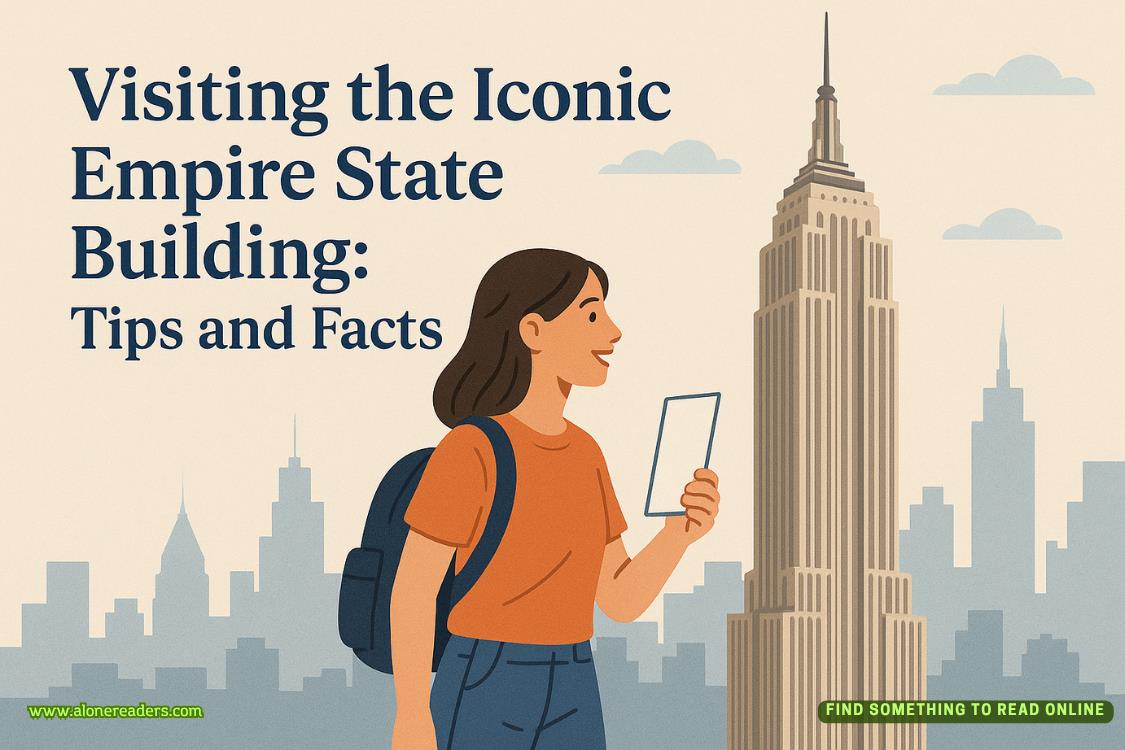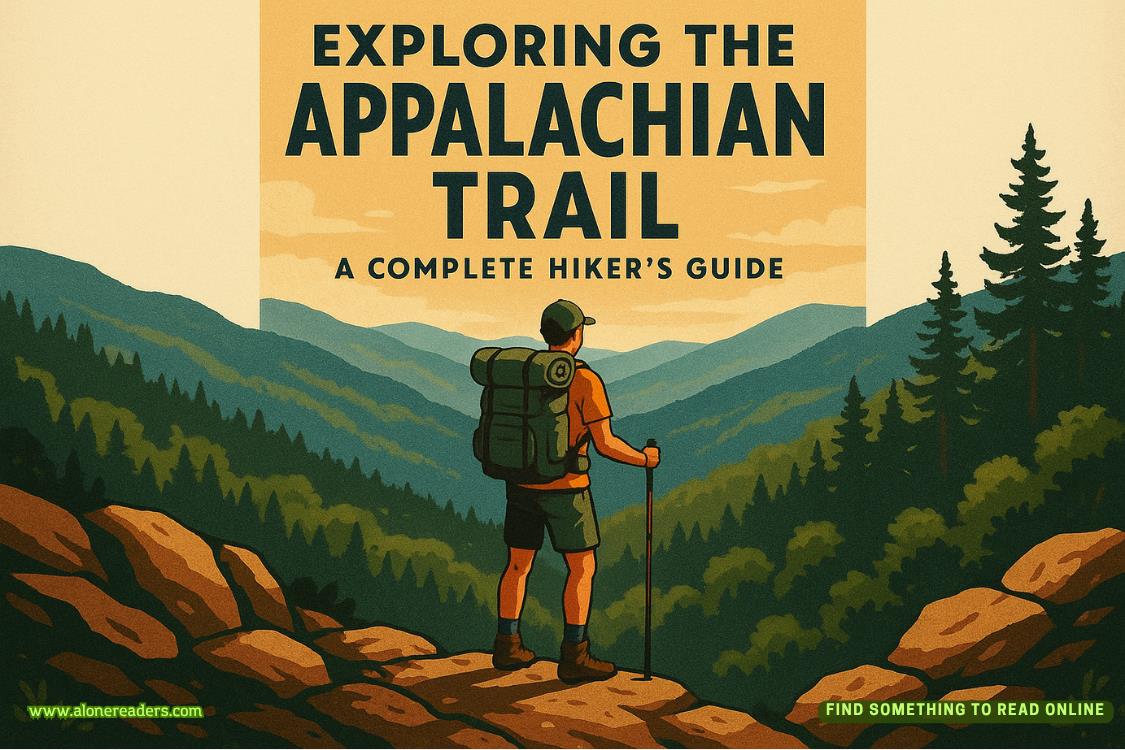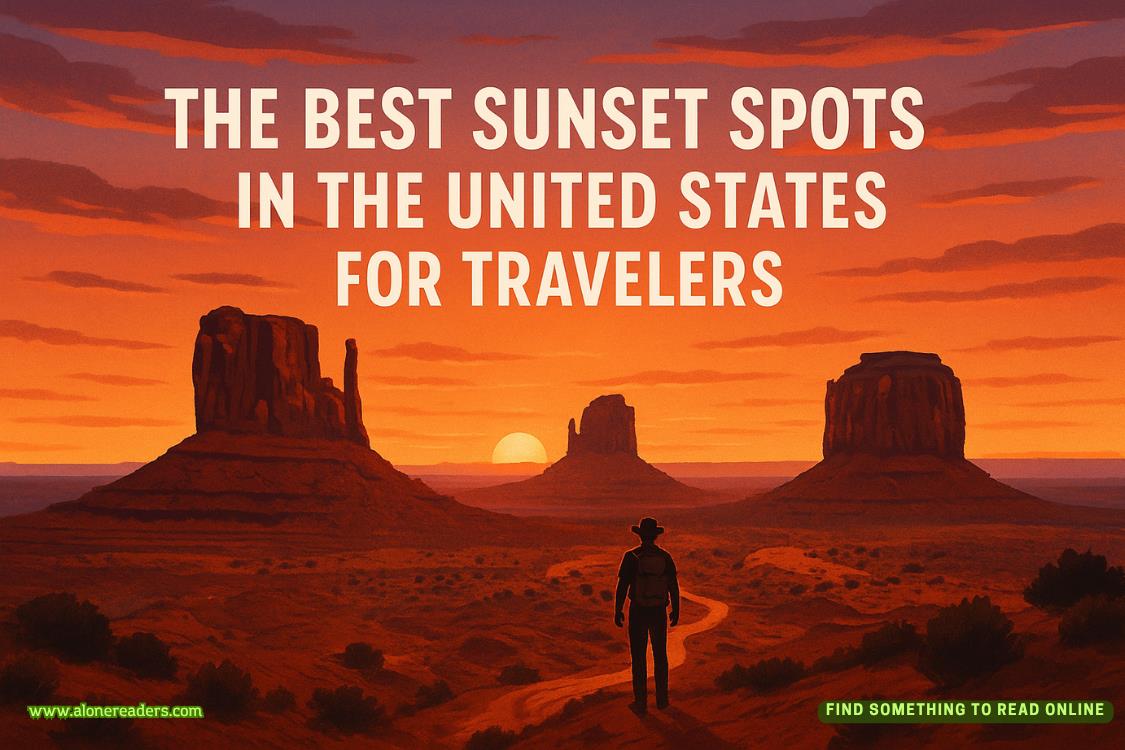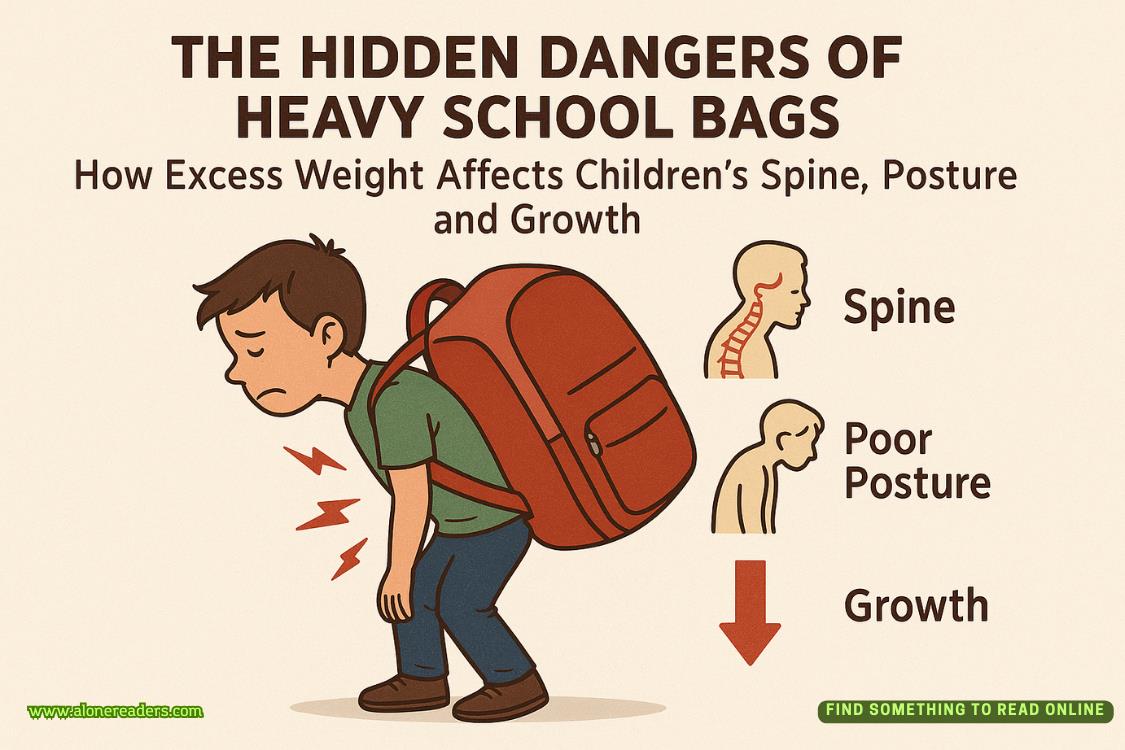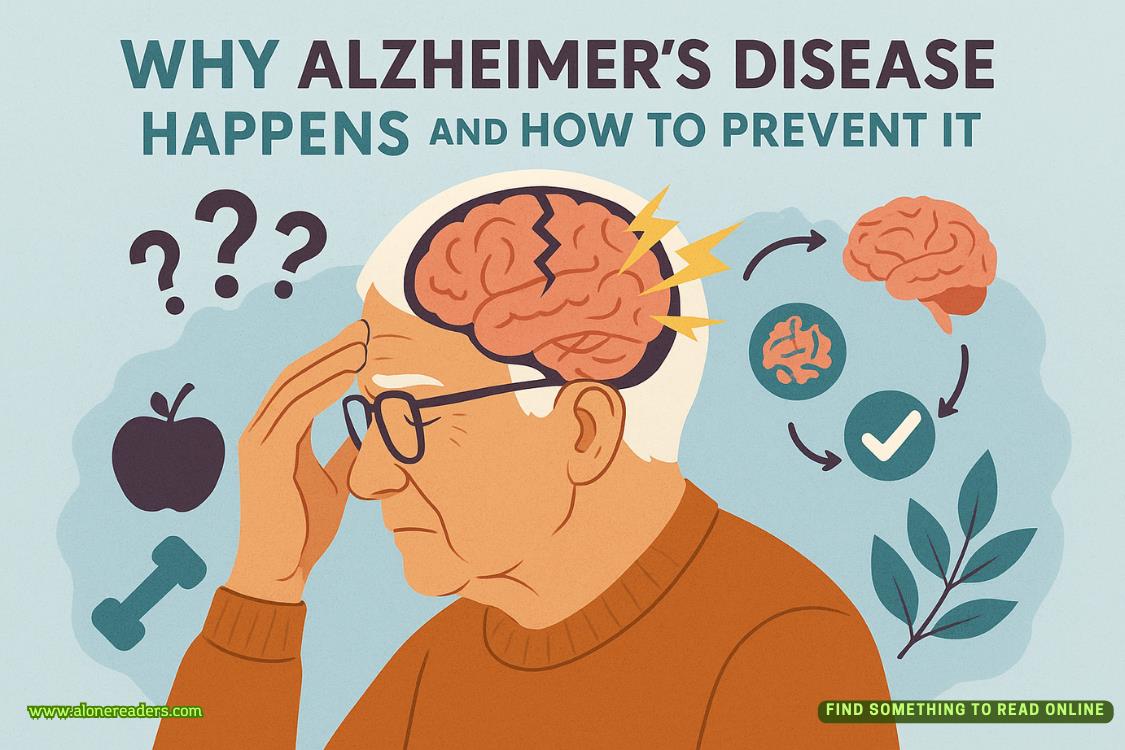16
The conference roomfeels different at 9 AM on a Monday morning, though I can’t quite put my finger on why. I’m sitting at the same mahogany table where Highland’s fate was decided two weeks ago, listening to Harrison outline the Anderson Project’s accelerated timeline with the kind of satisfaction that comes from watching carefully laid plans unfold on schedule.
“Site preparation begins in three weeks,” Harrison announces. “Highland Community Center has been cooperative with the relocation process, which should minimize community opposition during demolition.”
Highland has been cooperative.The phrase makes my jaw clench. Maya has spent two weeks coordinating Highland’s evacuation with the efficiency of someone who’s accepted defeat, who’s channeled her considerable organizational skills into adaptation rather than resistance. From Pierce Enterprises’ perspective, her leadership during the transition makes our demolition timeline much smoother.
From my perspective, watching Maya manage Highland’s dissolution while refusing to speak to me has been excruciating.
“Any concerns about community backlash during demolition?” Patricia asks, though her question sounds perfunctory rather than genuinely concerned.
“Highland’s director has been very professional about the transition,” Harrison replies, and I catch the pointed way he emphasizes “professional.” “No protests, no media campaigns, no legal challenges. The community appears to have accepted the board’s decision.”
Because Maya chose survival over symbolic resistance. Because she’s proven she can lead Highland through its worst crisis without anyone’s help, including mine. Because she’s evolved beyond needing rescue from corporate CEOs who make promises they can’t keep.
“Declan?” Harrison’s voice cuts through my internal processing. “You’ve been quiet this morning. Any observations about the transition process?”
Five pairs of eyes focus on me, and I realize this is another test. Harrison has been conducting these subtle evaluations for two weeks, probing whether my judgment remains compromised by personal feelings, whether I can represent Pierce Enterprises’ interests despite my advocacy for Highland’s preservation.
“The transition has proceeded more smoothly than anticipated,” I say carefully. “Highland’s leadership demonstrated exceptional organization and community coordination during a difficult process.”
“Highland’s leadership.” Donovan Rice leans forward slightly. “You mean Miss Navarro specifically?”
Another probe. Another opportunity to prove my professional objectivity by discussing Maya like she’s a business problem rather than the woman I fell for while learning traditional dances in her community center.
“Miss Navarro’s management of Highland’s relocation has been impressive from a logistical standpoint,” I reply. “Coordinating program transitions across multiple partner organizations while maintaining service continuity requires significant organizational skills.”
It’s true, professional, and completely inadequate for describing what I’ve witnessed over the past two weeks. Maya has accomplished something extraordinary—leading Highland’s community through devastating loss while preserving everything that actually matters about their gathering place. She’s proven that Highland’s value was never about the building Pierce Enterprises is demolishing.
She’s also proven she doesn’t need me to save what she cares about most.
“Good,” Harrison says with approval that feels like condescension. “I’m glad to see you’re maintaining appropriate perspective on the situation.”
Appropriate perspective.As if my “inappropriate perspective” was the problem rather than Pierce Enterprises’ inability to recognize Highland’s value before voting for its destruction.
“Now, regarding the Westside project,” Harrison continues, opening another folder. “Given the Anderson Project’s success, the board is considering expanding our approach to similar community-adjacent developments. Declan, I’d likeyour assessment of acquisition opportunities in areas with comparable community resistance patterns.”
I stare at Harrison, processing what he’s asking. Pierce Enterprises wants to replicate the Highland model—identify community centers and gathering places, acquire the properties, demolish existing facilities, and build luxury developments that serve entirely different populations. They want me to use everything I learned from Highland’s destruction to target other communities for the same fate.
“I’m not sure I understand the question,” I say slowly.
“Community organizations often occupy valuable real estate at below-market rates,” Melanie explains. “Highland demonstrated that these groups can be encouraged to relocate voluntarily if the process is managed professionally. We’d like to identify similar opportunities.”
“You want me to find other community centers to demolish.”
“We want you to identify underutilized properties with development potential,” Harrison corrects. “Properties where community organizations might benefit from relocation assistance and partnership opportunities.”
The euphemisms are careful, corporate, designed to make systematic community displacement sound like business strategy. But the underlying message is clear—Highland was a template, not an exception. Pierce Enterprises wants to scale this approach across Los Angeles.
“What kind of timeline are we discussing?” I ask, though every instinct tells me to refuse immediately.
“Preliminary market analysis within sixty days. Property acquisition strategy within six months.” Harrison makes notes on his tablet. “This could position Pierce Enterprises as the premier developer for transit-adjacent community sites.”
Transit-adjacent community sites. Another euphemism for the gathering places that anchor neighborhoods, that provide services for families who can’t afford alternatives, that preserve cultural traditions and support networks for communities Pierce Enterprises has never bothered to understand.
“I’ll need time to consider the scope and methodology,” I tell Harrison.
“Of course. But Declan, I want to emphasize the importance of this project for your continued leadership development within the company.” Harrison’s smile doesn’t reach his eyes. “Successfully implementing community-responsive acquisition strategies could establish you as an industry innovator.”




